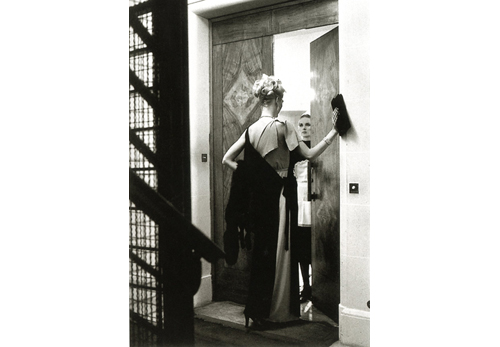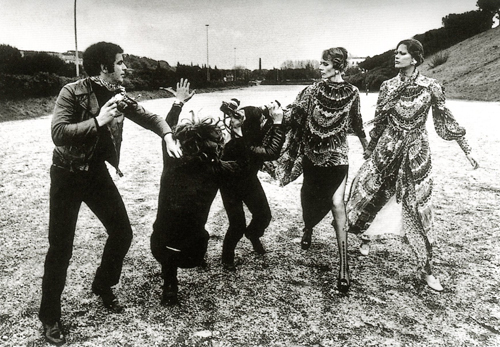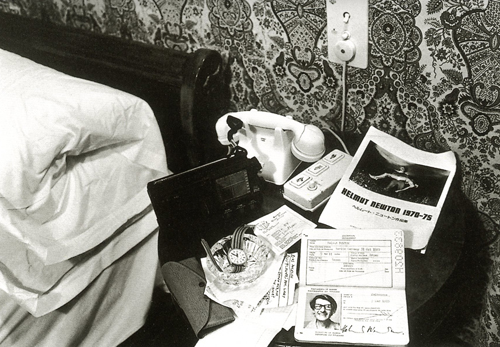Helmut Newton retrospective at Le Grand Palais, Paris
A major retrospective of the work of iconic fashion photographer, Helmut Newton is on display at Le Grand Palais in Paris. This week, Complete Ltd, hopped across the channel to get an insight into the mind of this avant-garde and groundbreaking photographer.
It is the first time since his death in 2004, that a major exhibition, devoted to the fashion photographer has been shown in Paris. The exhibition displays his collection of photography, shot throughout his long career that spanned from the sixties to the nineties. Newton was a regular photographer on fashion layouts for some of the world’s most respected magazines and style bibles. French Vogue and Queen were particular devotees of his unique approach to fashion photography. His draw was much to do with his ideals on presenting fashion imagery. In the film installation, shot over the years, by his wife and fellow photographer, June Newton, he states that the best fashion photographs are not actually fashion photographs. In his opinion, the perfect fashion image could be a paparazzi shot or a scene from a stylish film set. Many of his famous photographs projected this ideal, as was his use of sado-masochistic elements prevalent in his fashion shoots. He is also well known for his series ‘Big Nudes’. A set of extremely large prints that depict females of a strong and independent nature. Newton has also shot many figures from the world of celebrity and politics, including Jean-Marie Le Pen and Margaret Thatcher. Newton is drawn to the UK’S ex-Prime Minister’s strong and powerful character.
In his book ‘Work’ he reveals that his images are pure and free from manipulation. He says “Nothing has been retouched, nothing electronically altered. I photographed what I saw’ A true genius of the camera, to achieve the standard of finished quality that he constantly produced without the process of retouching. Throughout his career Newton always knew what he wanted from a shoot, model or an image. Often, during his career he would stick his neck out to do things his way, regardless of the consequences. It was due to this attitude and his strong vision that his commercial photographs are considered works of art.


